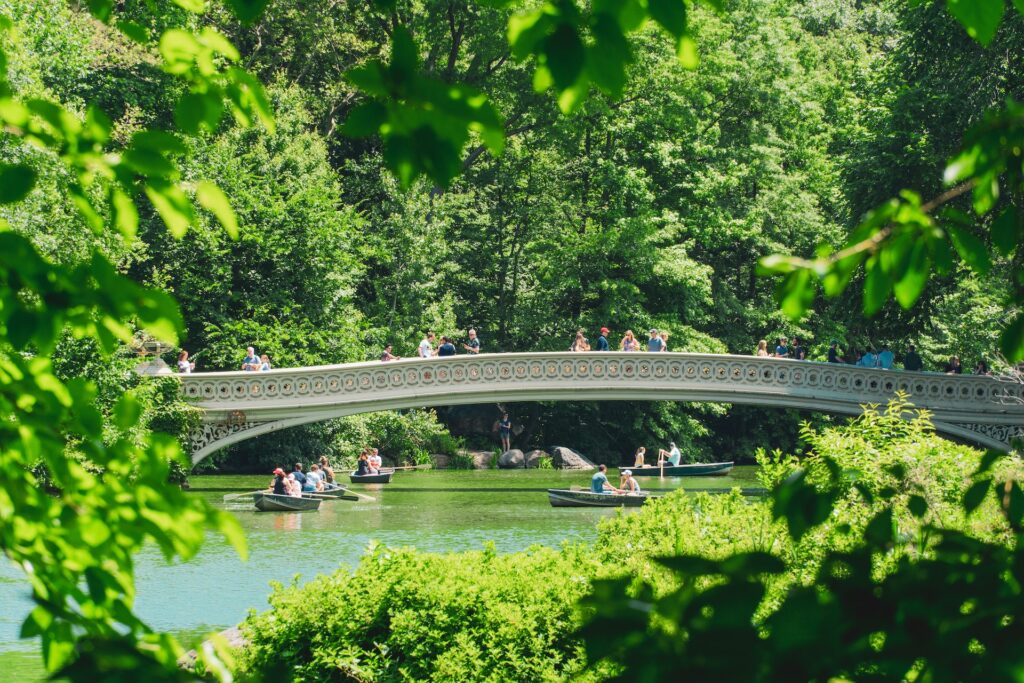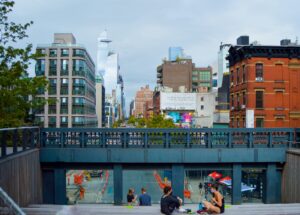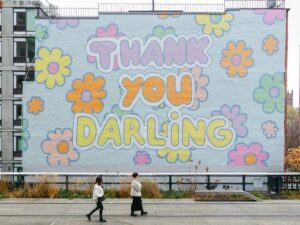People don’t live by water pipes, sewers, street lights, and thoroughfares alone. Social infrastructure is what transforms cities from collections of buildings and roads to communities worth caring about.
My first summer of living in Waco, Texas, I sat up late one night journaling. It had been about 10 months since leaving Brooklyn. What did I miss, exactly, I wondered to myself as I leaned my head back against my pillow. A few predictable answers filled my mind: public transit, bodegas guarded by one-eyed cats, being able to walk everywhere, my Sunday bike rides to Brighton Beach. Those were all valid, but there was something else I couldn’t quite put my finger on. I looked out my window. It was late and dark, so there was nothing to see but an empty street.
And then it dawned on me. Except for a few cars here and there, the street was empty … and this was the problem! I returned to my journal, feeling suddenly emotional. Yes, the (mostly thrift) shopping in New York City was great, as were the restaurants and museums. But the more I reflected, the more I realized that what I missed most were not the commercial and cultural opportunities or experiences; what I missed most were the people.
I missed the street performers, the falafel stand attendants, the baristas, the Brooklynites in their complicated outfits, the young African-American men who would blare their boomboxes and do backflips on the Q train from Manhattan to Atlantic Barclays. I missed seeing the little school children in rubber boots scooting home with their nannies in Park Slope, the cyclists I’d race in Prospect Park and the musicians who would fill Union Square Station with the sound of global jazz.
Read the full article on CNU Journal
Author: Tiffany Owens Reed
Recommended by Luisa Bravo











More Stories
The best outdoor art in NYC this winter (2024)
Activists vow to keep installing guerrilla benches at East Bay bus stops
A Blueprint for Public Realm Leadership